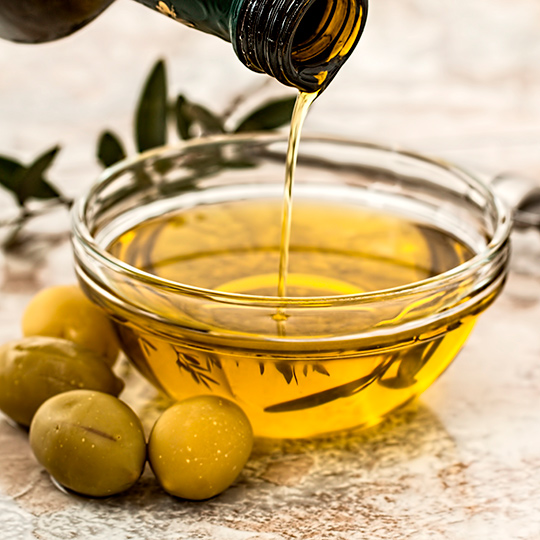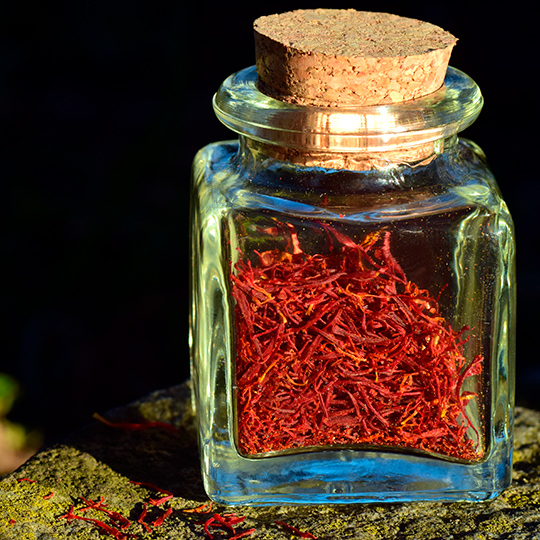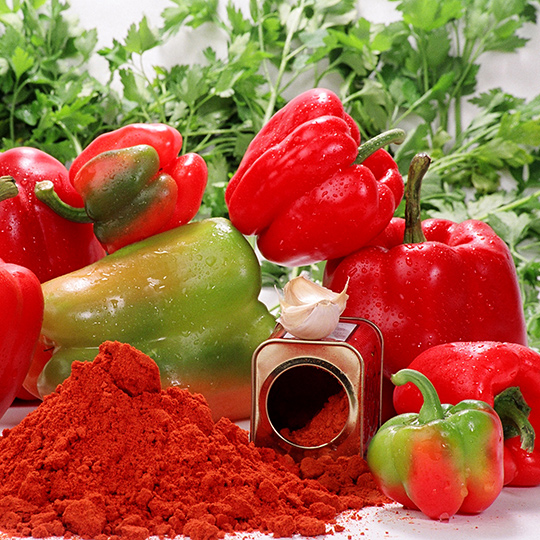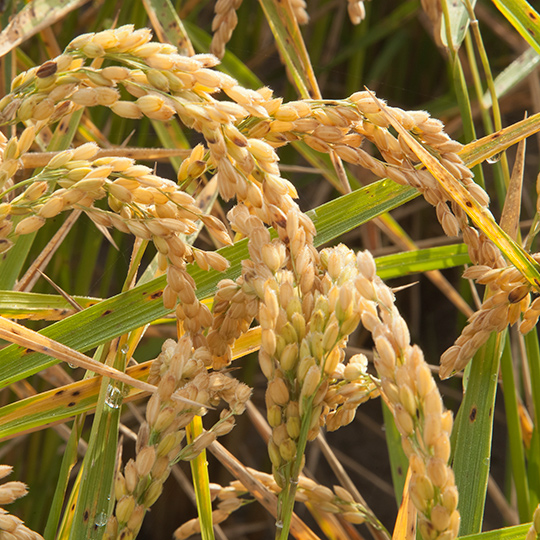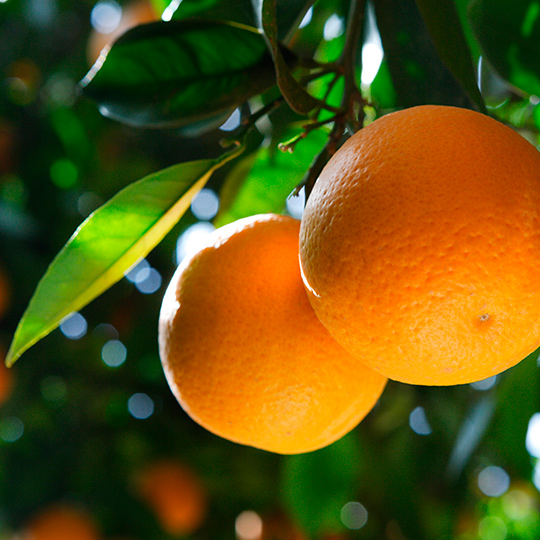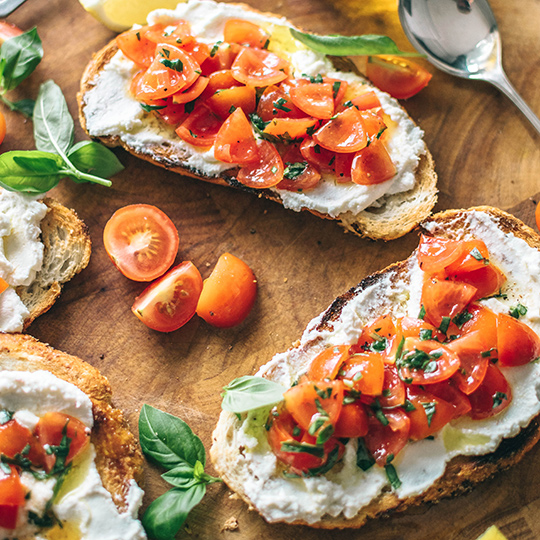Extra virgin olive oil: liquid gold
Let’s start with a classic: olive oil. One of the healthiest fats, and an essential part of the Mediterranean diet, olive oil is nutritious and flavourful enough for the most exacting consumer. Spain leads the world in the production, processing and sale of olive oil. In Andalusia (although also in Castilla-La Mancha and Catalonia), you can find yourself in a sea of millions of hectares of spectacular olive groves. It’s so nutritious and delicious that many Spaniards regard a bottle of oil and a loaf of good bread as a meal in itself.
